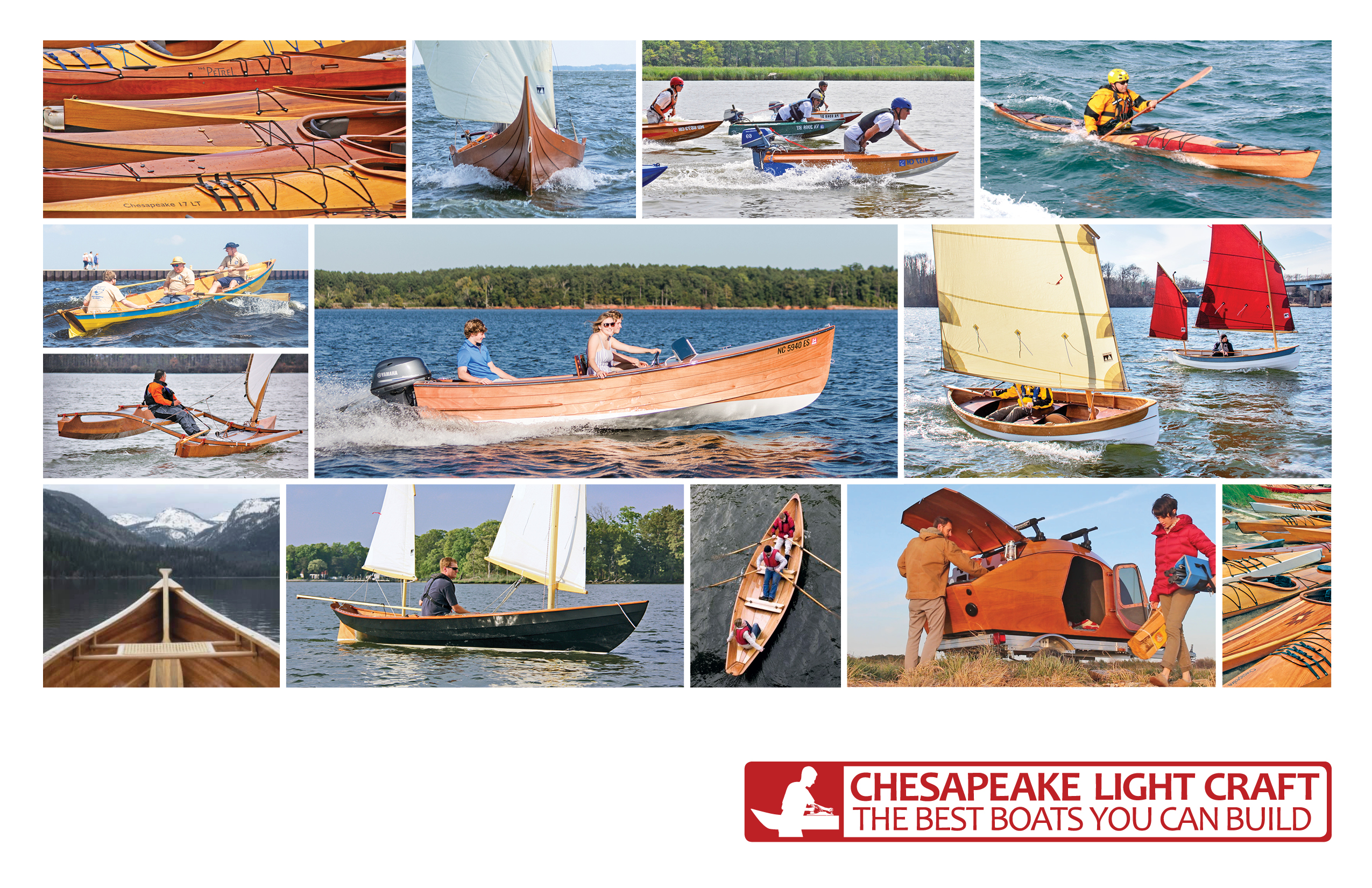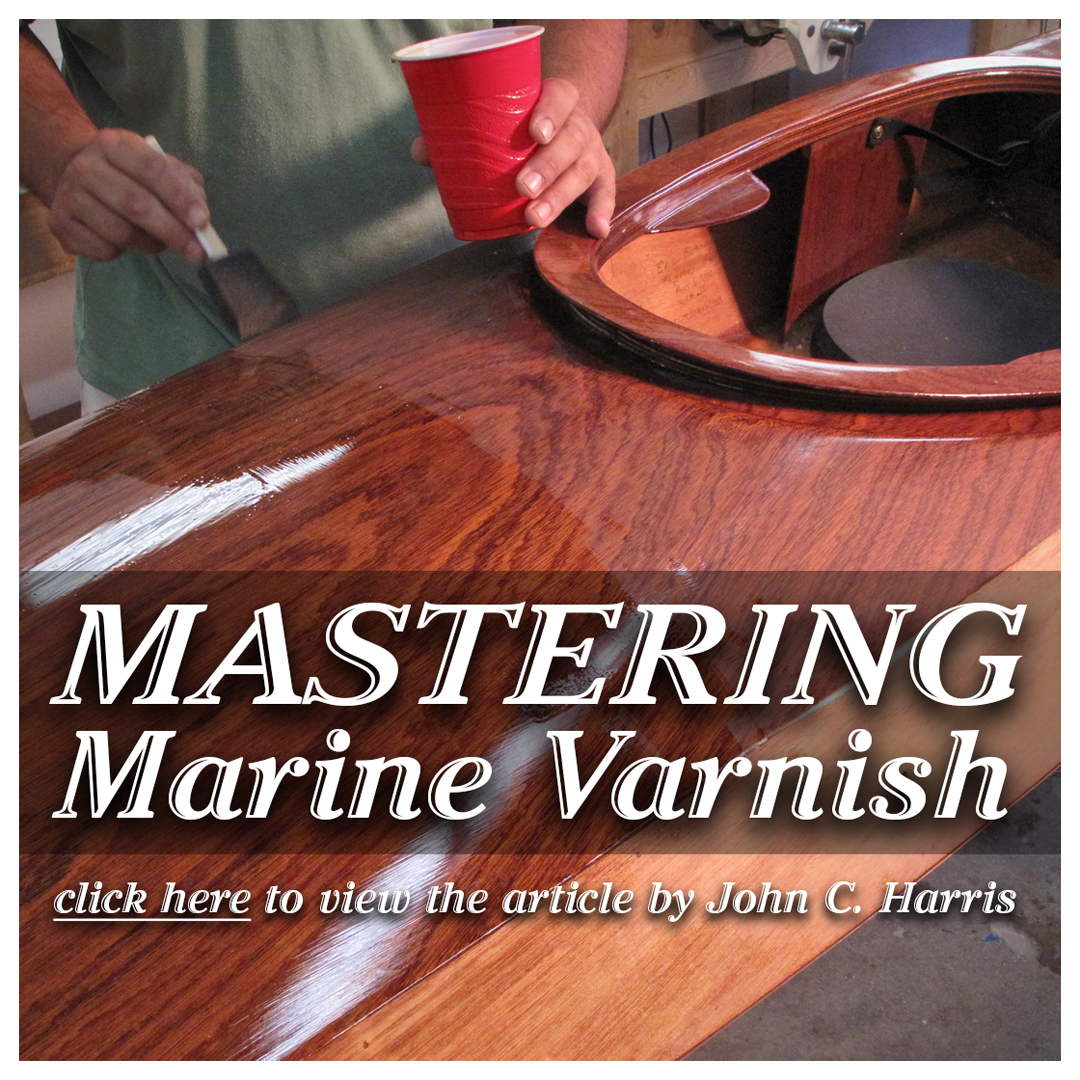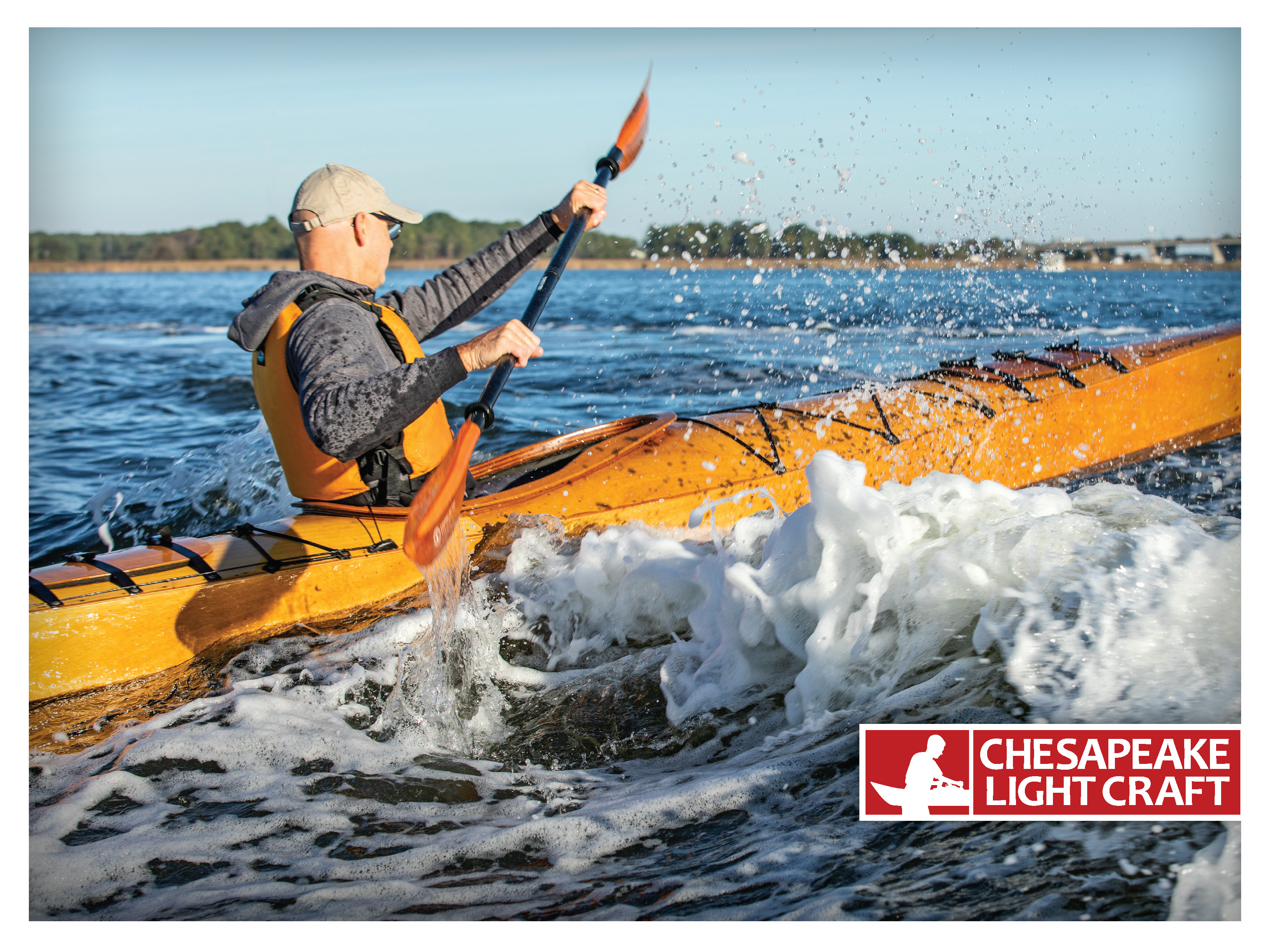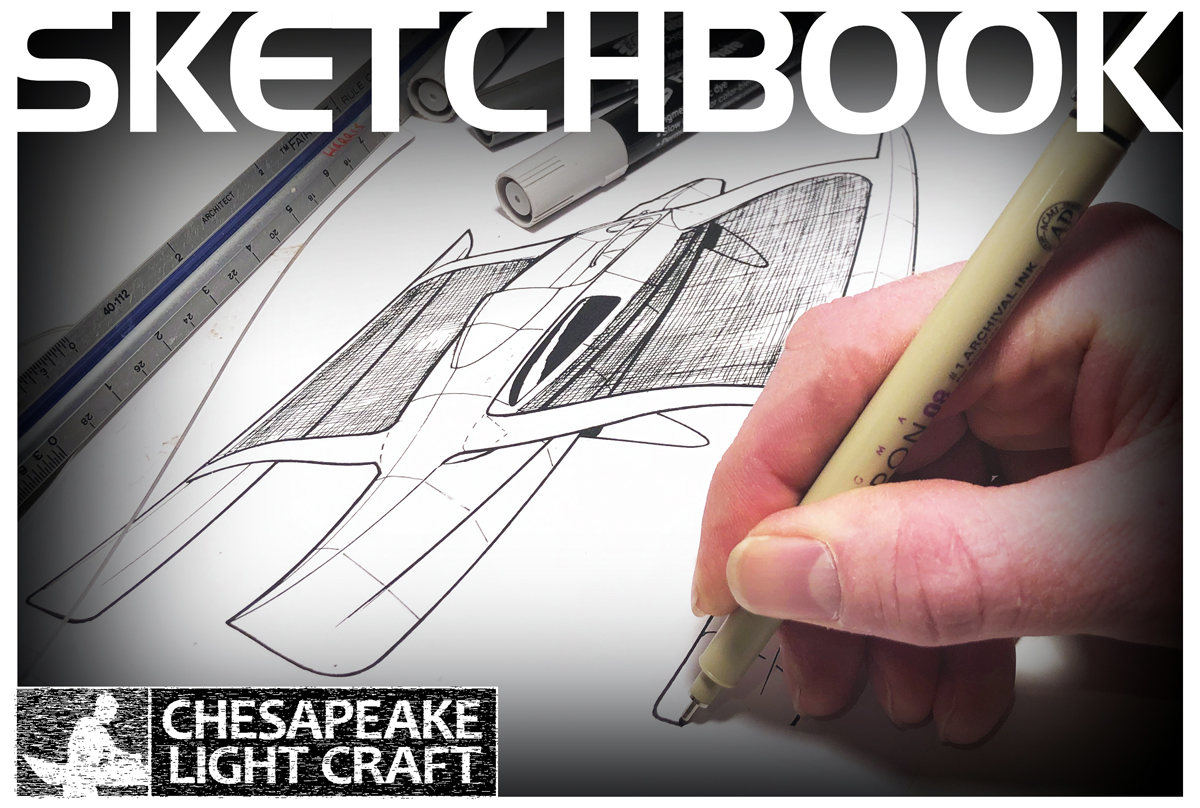By John C. Harris
December 2013
Many observed that my 31-foot Pacific proa project was ambitious, experimental, and a bit daft. "Yes" to the first, "no" to the second, and "maybe" to the third.
The project was ambitious in scale, at least by comparison to CLC's usual small boat fare, and bringing it in for a landing on a reasonable budget of time and money was an interesting challenge. It's one reason I'm glad I did it, as it demonstrated the CLC team's ability to execute complex technical exercises.
Madness was not "experimental" in terms of design. As I was at pains to note at various stages, the design was strenuously conservative. Having made the mistake of experimenting with too many things in a single design in the past, I stuck with proven hull shapes, appendages, and hardware. The happy result was a boat almost completely without vice—Madness sailed beautifully from the start, requiring only trivial tweaks and refinements. I'm at a loss as to what I would change in the design.
Was it crazy to build something with such an unconventional layout? I DID name the thing "Madness" in part to preempt the barbs from agitated traditionalists. But in the end, I'm proud of the design's 20-knot speeds, docile handling, appealing looks, and economy of construction. It's hard to get all those things in anything other than a Pacific proa layout.
The proa's virtues have attracted a small but not inconsequential following. I have photographic proof of four new sisters to Madness, either under construction or nearing launch.

Mark Bayne, who finished the last 40% or so of my boat, immediately received a commission to build another. As I write this, that one is being rigged in Charleston, SC, and is destined to be berthed on Florida's Gulf Coast.

The main hull of this boat was not built stitch-and-glue style, but over a building jig, with stringers replacing epoxy fillets. This was faster for experienced builders like Mark Bayne, and thus cheaper. There is a very small trade-off in hull stiffness, but I don't think it's big enough to matter. That option was added to the plans.

Patrick, in Irvine, California, has done a glittering, first-class job on his boat, a tight fit on a diagonal in his garage. At present it's being rigged and will sail in California waters.

Eric, in Merritt, North Carolina, is moving along fast with his build, assembling the rudders, rudder trunks, akas, and other bits before moving on to the main hull. A careful and thoughtful builder, I expect Eric's Madness will be amazing.
Norman, in Van Nuys, California, is building a boat for a paying customer. It's going to be a showboat.
And what of Madness #1? I sailed the boat for two full seasons, taking in enough of a range of conditions to be completely satisfied with the handling. Based on my own trials and the feedback of others who sailed the boat, I locked the design down, and we created 30 pages of drawings and a heap of full-sized patterns, ready for anyone who wants a fast and economical coastal cruiser. We know the kit parts go together, too.

A number of strenuous (and expensive) attempts to get polished videography of the boat going through its paces were foiled by bad weather. Even the best photography isn't especially stirring, as the boat makes almost no wake even when loafing along at 12 knots. The way it works on the internet, the relative paucity of good action videos on YouTube will be interpreted as the boat not having lived up to its promise.
The reality is that A) CLC is a small company and the amount of time and energy for side projects like Madness is absolutely finite, and B) I got distracted. How? A few days after the boat's first sail, my beautiful daughter was born. Screech! Full stop, and a reordering of priorities. Weekends that might have been devoted to sailing have gone instead to enjoying the company of the world's cutest little girl. When she's a little older, we'll get back to sailing as a family.

Madness #1 is has found a new home in the southern Chesapeake, and we expect reports and imagery of fresh adventures in the hands of her capable new owner.
What's next? This isn't CLC's last big boat project. But for now we're focused on smaller, lighter boats. The new Outrigger Junior is a follow-on to the Madness project, but with much broader appeal. I could have built 30 of those for the same amount of time and money absorbed by Madness. Yet...I really love everything about the big proa. It's a boat that leaves me lingering, just taking in the curves, and savoring the memory of its effortless speed.


 return to section:
return to section: 










